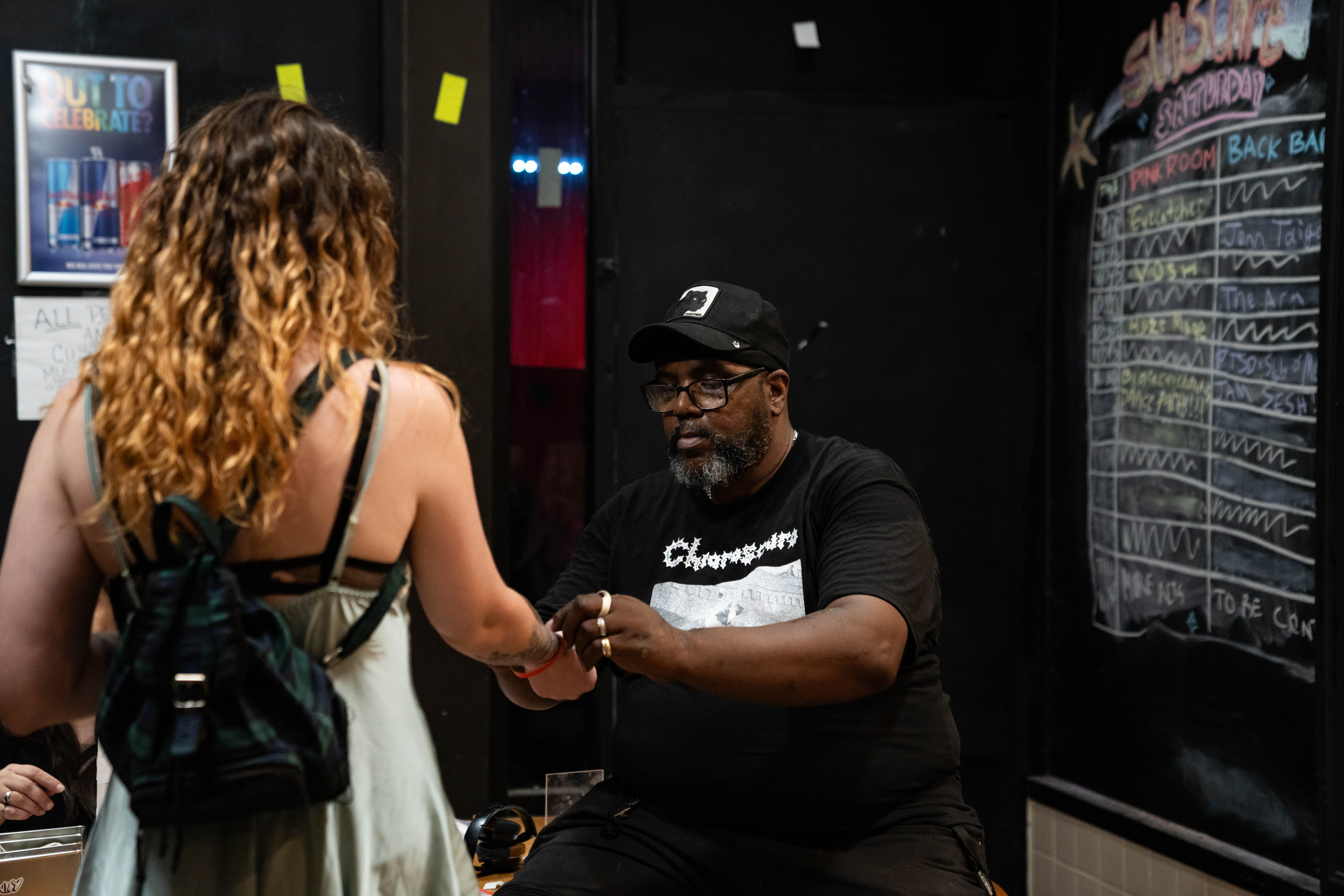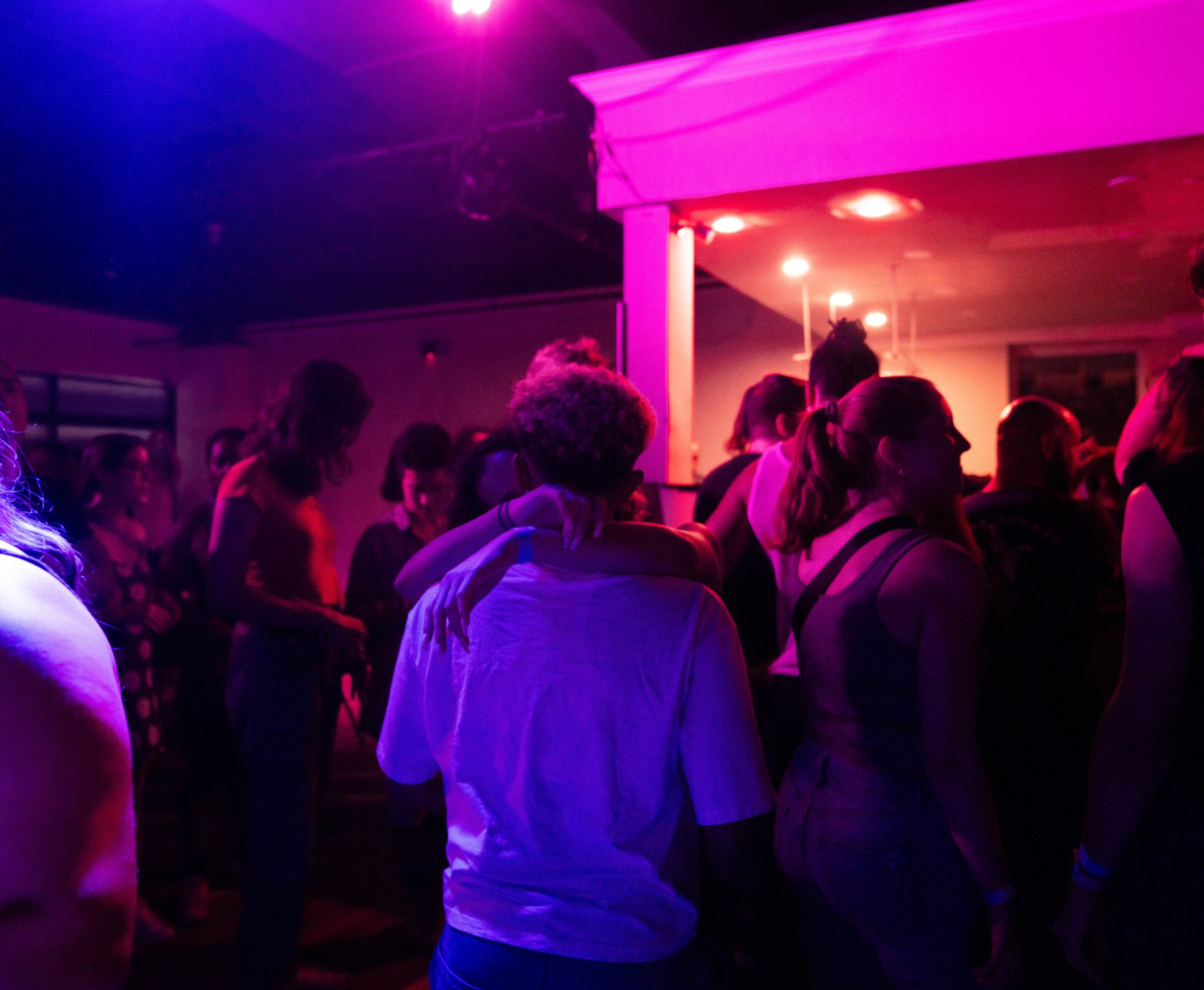Baltimore’s nightlife has always pulsed with a unique energy, especially when it comes to dance clubs. For generations, the city has offered sanctuaries for music lovers and dance enthusiasts, evolving from legendary house music spots to today’s vibrant DIY underground scenes. This journey through Baltimore’s dance club history reveals a city that consistently finds new ways to move and connect through music.
For many Baltimore natives, memories of the city’s club scene are intertwined with personal histories. Take, for instance, the experiences of a local whose parents, Janet and Patrick, were deeply embedded in the late 80s Baltimore club scene. For them, clubs weren’t just places to dance; they were social hubs, the heart of their social life. Spots like Cignel and Odell’s offered a more relaxed atmosphere, perfect for “brooding two-step dancing and low-key nights,” while Club Bunns and The Hippo were the go-to destinations for hardcore house and club music. For truly unforgettable nights, they would embark on adventures hitting The Paradox, Club Fantasy, and The Last Stop – sometimes all in a single evening. They were dedicated followers of popular house music DJs like Tommy Davis, going wherever the music took them. These clubs were more than just venues; they were places where lifelong friendships were forged and a community was built on the dance floor.
Their clubbing days, while slowing down after 1992, left a lasting impression. A humorous family anecdote illustrates the central role of the club scene in their lives. During the birth of their child, the hospital room became an extension of their social circle, with club friends dropping by to celebrate. This story, retold annually, highlights how deeply ingrained the club culture was in their lives.
This legacy carried into the next generation. The author, growing up with tales of Baltimore’s vibrant nightlife, naturally gravitated towards the same scene in their twenties, seeking connection and musical experiences similar to their parents. However, the landscape had shifted. Iconic venues like Odell’s and The Paradox were gone, replaced by new spaces adapting to changing times. While The Hippo transformed into a CVS, a new beacon emerged: The Crown.
 The last dance party before the Crown closed. Saturday, August 10, 2024. Credit: Sydney J. Allen
The last dance party before the Crown closed. Saturday, August 10, 2024. Credit: Sydney J. Allen
The Crown became a cornerstone of the Baltimore dance club scene, embodying the city’s unique artistic spirit. Situated in the Station North Arts District, known for its creative energy, The Crown was a hybrid space – a restaurant, bar, and performance venue that cultivated a strong community. It distinguished itself from pretentious nightclubs, fostering an environment of inclusivity and artistic freedom. The Crown’s charm was in its unpretentious atmosphere where creativity thrived. Whether it was bad karaoke nights or late-night food runs, The Crown offered a down-to-earth and authentic experience.
The club’s layout offered choices, the Red Room or the Blue Room, each with its own vibe depending on the DJ and the night. The Blue Room, with its “questionable leather couch” and tables for quieter interactions, catered to all types of club-goers. Summer nights at The Crown were a mix of excitement and mild discomfort, with packed crowds and limited air conditioning, yet the energy and community spirit made it worthwhile.
 Photo of Midnight Club Collective. Credit: Photo by Sydney J. Allen.
Photo of Midnight Club Collective. Credit: Photo by Sydney J. Allen.
The Crown was more than just a venue; it was a place of personal milestones. It was where people experienced their first shows, navigated relationship dramas, and shared unforgettable nights. The cheap drinks, loud music, and beloved kimchi fries and wings became integral parts of the experience. The night would culminate with the 1:30 a.m. last call, followed by the “let-out,” as crowds lingered outside until 2 a.m., extending the night’s energy.
Sadly, like many beloved spaces, The Crown’s era came to an end. August 10, 2024, marked its final party, a farewell event organized by Gangreen Gardens x Midnight Club Collective. This last night evoked a sense of nostalgia, reminiscent of the pre-pandemic era with its strong sense of community and underground art renaissance. There was a shared understanding that this was the close of a significant chapter in Baltimore’s dance club history. The stage came alive with DJs like Trillnatured, Kade Young, Petty Penguin, and DJ Beast, alongside MCs and musicians Kotic Couture and Eze Jackson, creating an electrifying atmosphere filled with Baltimore club classics and a palpable reciprocal energy between performers and the crowd.
 Tony at The Crown. Credit: Photo by Sydney J. Allen
Tony at The Crown. Credit: Photo by Sydney J. Allen
While The Crown may not have reached the legendary status of The Paradox, its impact on a generation of Baltimore club-goers is undeniable. Its closure reflects a broader trend of businesses facing challenges in the wake of the COVID pandemic. However, Baltimore’s resilient spirit, rich arts scene, and deep-rooted club culture suggest that while venues may close, the city’s passion for dance and music will endure. Baltimore’s dance club story is one of constant evolution, a testament to the city’s unwavering need for spaces to gather, express, and dance. While The Crown is gone, the spirit of Baltimore Dance Clubs lives on, promising new spaces and sounds in the city’s ever-evolving nightlife.
 Eze Jackson performs at the last dance party at The Crown. Credit: Photo by Sydney J. Allen
Eze Jackson performs at the last dance party at The Crown. Credit: Photo by Sydney J. Allen
 A couple in embrace during the crowns’ closing party
A couple in embrace during the crowns’ closing party
 VERSION Emcee Kotic Couture at the last dance party at The Crown. Credit: Photo by Sydney J. Allen
VERSION Emcee Kotic Couture at the last dance party at The Crown. Credit: Photo by Sydney J. Allen
 Dancers take the floor at the last dance party at The Crown. Credit: Photo by Sydney J. Allen.
Dancers take the floor at the last dance party at The Crown. Credit: Photo by Sydney J. Allen.
 Midnight Club Collective at The Crown. Credit: Photo by Sydney J. Allen.
Midnight Club Collective at The Crown. Credit: Photo by Sydney J. Allen.
 A crowd outside The Crown. Credit: Photo by Sydney J. Allen.
A crowd outside The Crown. Credit: Photo by Sydney J. Allen.

